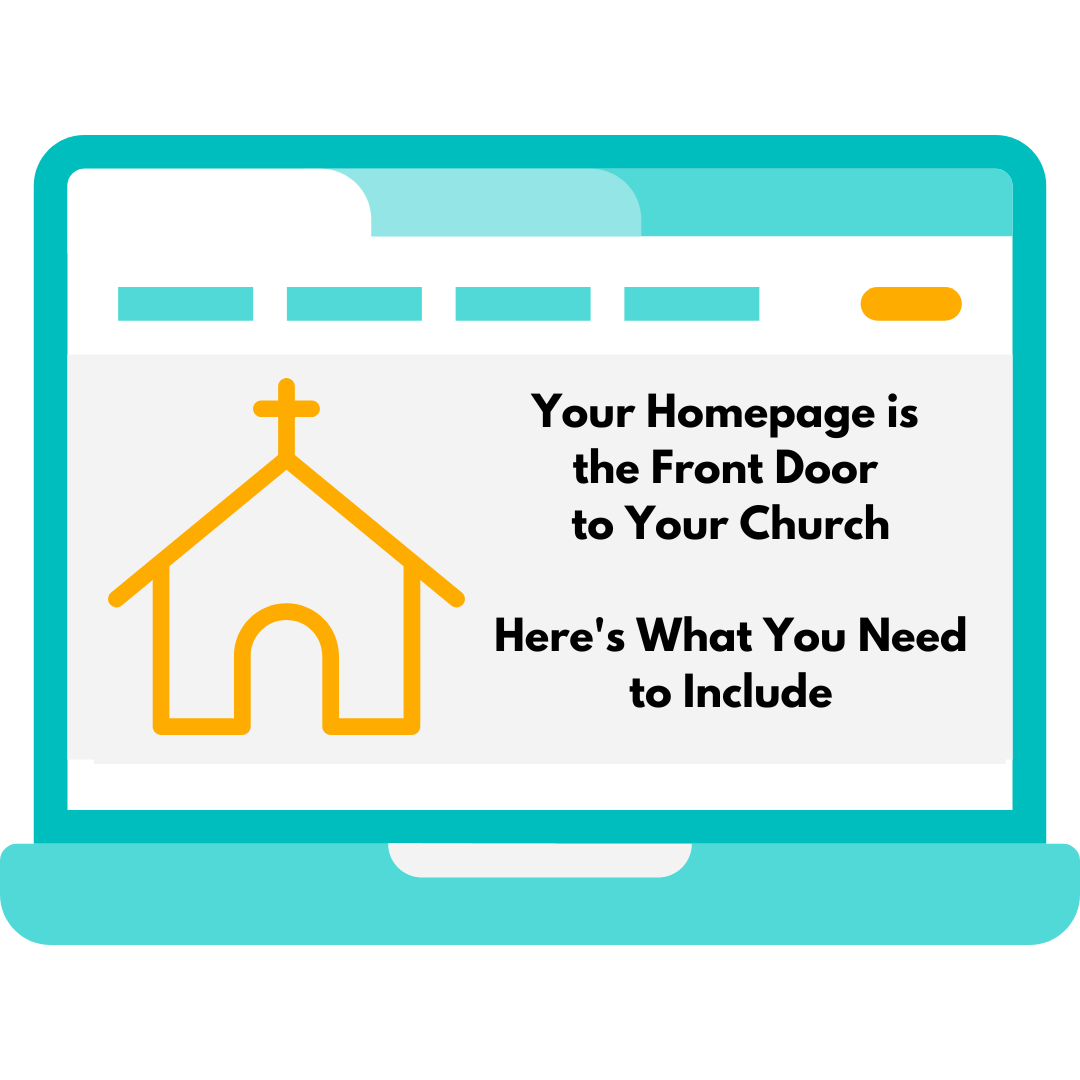

Writing and speaking are two very different mediums. A riveting sermon can actually make for a terrible read. Think about it. In a sermon, you have inflection, pitch, and pace of voice along with arm gestures, body movements, and facial expressions to create an engaging experience for your audience. In writing, you only have words and punctuation to make your audience feel something. Make it easy for your people to read your sermon.
Follow these simple rules to turn your amazing sermon into an equally amazing blog.
*Please note that these tips apply for any blog, reflection, or written article for your website!
When you are preaching, you foreshadow what comes next with vocal cues and physical gestures. For instance, as you transition from your introduction into the meat of your story, your voice and body change. The climax, followed by your aha moment, brings even more changes to your performance.
Likewise, subheadings lead your readers through the story arc in a blog. Foreshadow where you are going, and what unexpected turns you might take, with clever and clear subheadings. Add subheadings every 300 words.
Active voice is best explained through example.
Think about direct, action verbs. Whether past, present, or future tense, try to avoid using -ing endings with “be” or “go” verbs. It takes practice for active voice to become easy. Go through your sermon and switch out passive verbs for active verbs before you post it as a blog. As a result, you will see higher engagement on your page analytics.

As you speak, you add pauses and emphasis to lead people through long clause-filled sentences. With the written word, you are relying on them to sort it out. Make it easy for your audience to understand what you mean by splitting up the long sentences into short, succinct ones.
The same idea applies to paragraphs. Make sure each paragraph covers just one topic. Firstly, start the paragraph with a topic sentence. Double check that each following sentence supports the topic sentence. If it includes a new topic, create a new paragraph.
Transition words are the easiest thing to incorporate, once you get used to the idea. In fact, we can easily forget that we need to lead people through our written text. These words show the relationship between ideas and help you connect strings of thought throughout your text. For this reason, using transition words makes it easier to read your blog.
Here is a list of transition words to bookmark or print out until you have them memorized.

Keep in mind that repetition can be a useful tool to make a point. However, it is only a useful tool that makes a point if it is used in only those situations. Not every paragraph can effectively make a repetitive point.
Above all, remember that variety is the spice of life, and in writing, too.
Worship Times is a full-service digital marketing and communication team that specializes in helping ministries of all sizes and denominations reach their people. Whether you need help creating the words or tweaking the display, above all, we are here to support your ministry.
So, let’s get started with a free website review today.






Copyright © 2008 - 2024. Worship Times. All rights reserved.